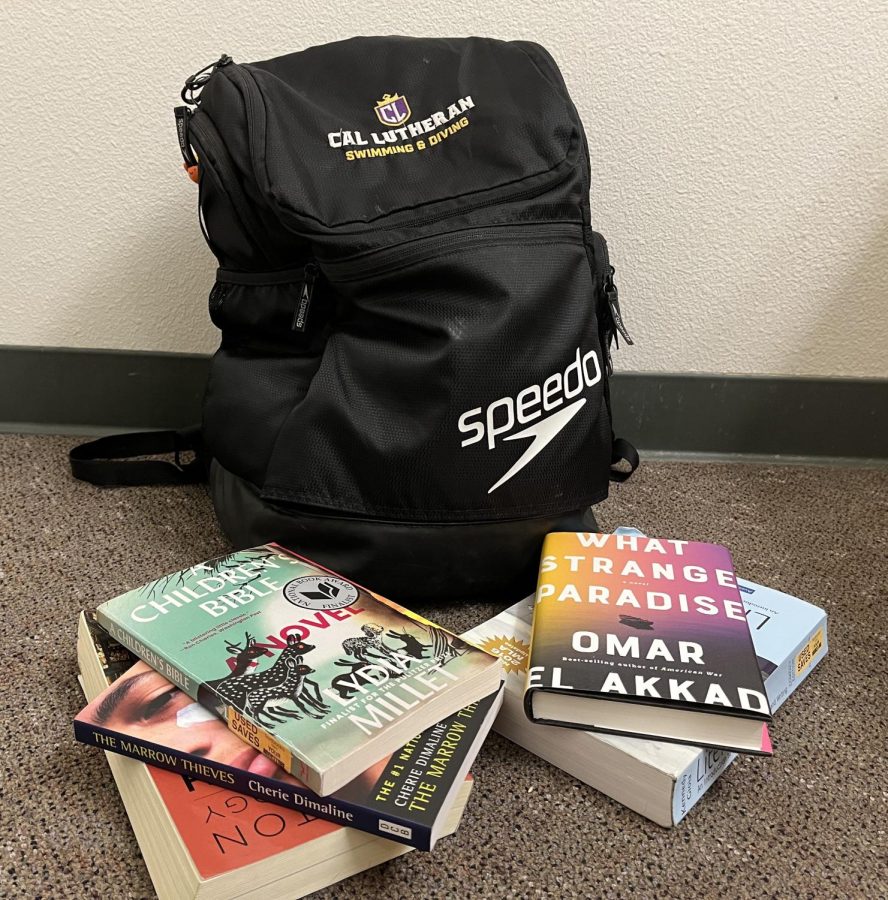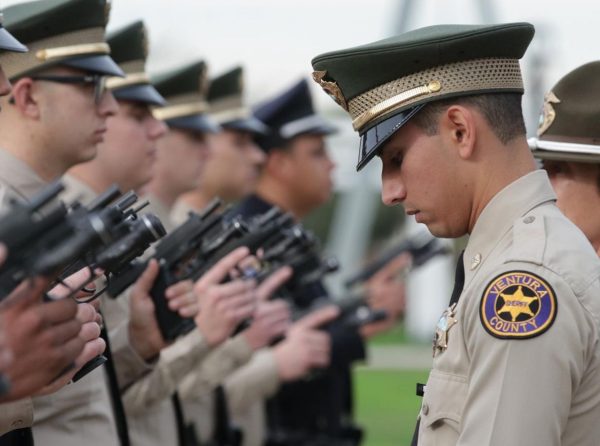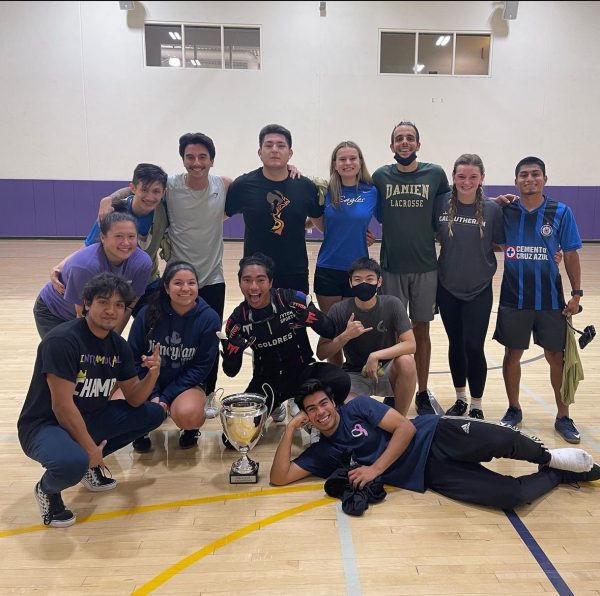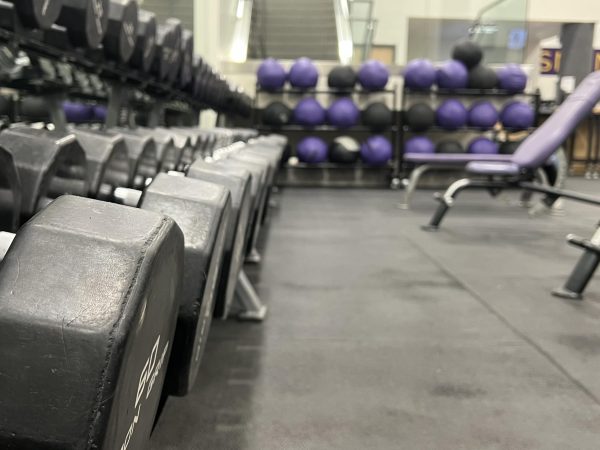Conflicts between sports and classes cause extra difficulty
Balancing school and sports is already hard without classes conflicting with practice, and class conflicts add unnecessary stress.
October 25, 2022
Being a student-athlete comes with a lot of responsibilities that are often hard to balance and it requires help from both sides to avoid conflicts with practice.
Collegiate sports require a time commitment that goes beyond recreational events. It requires a student-athlete to devote large portions of their day to practicing and recovery to be at their peak for their team. Many class conflicts can arise that cause student-athletes to have to decide between their sport and their major.
Sometimes, the cause of this can be the lack of classes available to fulfill a certain requirement for graduation. Beginning as a first-year, you have many options for classes and can mostly avoid conflicts with sports. However, going into your junior and senior years, you have fewer options for classes and more upper-division requirements.
As a senior and student-athlete, I can say classes begin to pile up and the only option that remains is taking a class during your practice. This can cause a lot of stress as you need to make sacrifices for a sport you love so that you can graduate.
“I mean especially in your junior, senior year, they become classes that you kinda have to take or else you will not graduate, especially in the 300, 400 range. There’s not many options, so they are unavoidable,” senior swimmer Eve Miyagishima said.
There is a level of inevitability of class conflicting with practices. Even without a direct conflict, some classes will run right until, or right before, a practice begins. This leaves little time for an athlete to eat, drink or get prepared before practicing.
“Some days just become more stressful because you’ll be coming straight from a class, straight into practice, so you won’t get much lunch,” Miyagishima said.
Getting prepared for a sport is often half the battle of improving, and having little or no time between a possibly stressful class and practice can hinder that. It is up to student-athletes to make sure they are prepared for practices, but sometimes it is simply not possible.
Class conflicts can happen often throughout your career as a collegiate athlete. Miyagishima said that she would have at least one conflict once a year. This means that, at minimum, she was not able to fully train for a semester out of her season.
Barry Schreifels, head swim and dive coach, believes that class conflicts are a part of being such a humble institution.
“I think it happens quite often through somebody’s career in any sport at a university,” Schreifels said. “I think the smaller schools have less classes, less options.”
The solution to this could be many things. For one, adding more sections would allow for more options for student-athletes to choose from. Especially for general requirements, this would be a large help. However, it is the major-specific classes that are often a problem.
The issue is the already modest size of some of these classes. Classes like capstones are already underpopulated and certain majors do not have as many people as others. It is harder to find teachers to devote time to those underpopulated classes. However, if you need a class that only has one section, and it is only held during your practice times, you do not have any way out of it. It is more of a question of if California Lutheran University can afford the resources to increase class sections.
“I believe for the size of the school we have a lot of sections; we don’t have large classes,” Schreifels said.
Cal Lutheran’s class size may be a limiting factor for increasing class sections. Another option would be to allow more class substitutes to give student-athletes a chance to take another class instead of the conflicting one. This could also pose an issue in an academic sense since you might not be taking the most accurate fulfillment of that requirement.
Having certain classes available both semesters would also allow student-athletes the option of taking that class during a semester when their sport is not in season. Often, a required class is offered in the spring or fall semester, and it will only have a single section, leading to more class conflicts because of a limited list of classes to fulfill requirements. This happens frequently with those underpopulated classes as well.
Nathan Sellers, a fifth-year student-athlete, experienced conflict with many of his required classes not being offered during the times he would be able to take them without conflict.
“The ones that are available, you have to take at very specific times and often there’s not multiple classes for it. So not only do you have to hope to fit into these classes, but you also don’t have the options that they say you do,” Sellers said.
Having at least two sections per class may be hard on the school’s end, but it may be the only option to help with these kinds of conflicts for student-athletes. The problem for student-athletes is the lack of options for classes, which can only be solved by increasing the options. Even if this requires a reallocation of resources for the school, this would allow the most authentic collegiate athlete experience for student-athletes.











